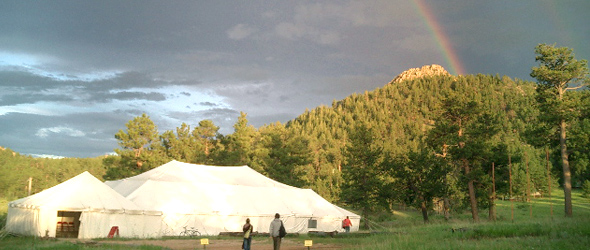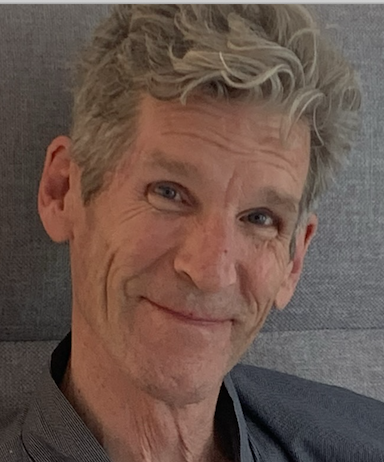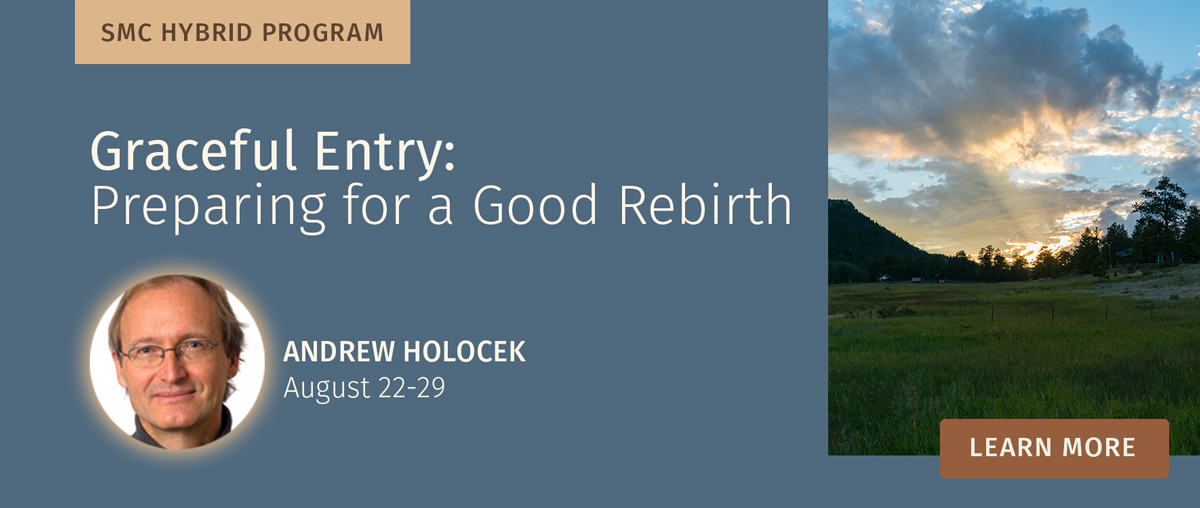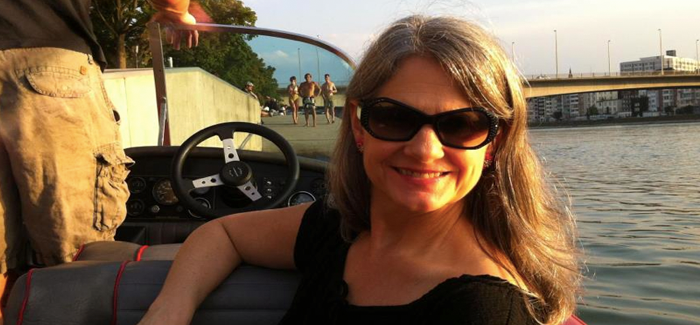Walking into Quiet
By Tim Gallati //
We may not know it, but we have a well-established history with environmental noise. From 6th century Buddhist scriptures lamenting “the ten noises in a great city” to a desperate plea for quiet scribbled on a wall in ancient Pompeii, environmental noise has troubled us for millennia.*
Today, environmental noise is pervasive. High volume noise like the blare of car horns in city traffic, the roar of airplanes overhead, a neighbor’s loud music vibrating in the walls; lower volume noise like the pulsating tones of data centers, the high crackled buzzing of electric wires.
Environmental noise takes a toll on our bodies. The World Health Organization (WHO) estimates 1 million years of healthy human life are lost each year from traffic noise in Europe. Long term exposure to noise increases the risk of cardiovascular disease, hypertension, cognitive impairment, anxiety, hearing loss and tinnitus, and sleep disturbances.
Can we develop a healing relationship with sound in a noisy world?
One can begin by seeking out a quiet place with less noise. Developing a relationship with quiet gives our bodies a break from processing environmental noise. We experience relief in the forms of a reduced heart rate, blood pressure, and minute ventilation.
But feeling completely at ease with quiet can be unexpectedly difficult. There can be tension in the first few moments of quiet. We might experience the world as an awkward pause without the noise we’re accustomed to, and our brain may produce internal representations of sounds from memory to fill that pause. Creating a smooth transition helps soften our impulses to fill the quiet so we can ease into a pleasant experience.
I liken this transition to seeing a movie in a theatre. There is a sequence that delivers us into the movie experience. We walk up to the ticket counter and buy a ticket, then proceed across the lobby. An usher takes the ticket, tears it in half, and directs us to the theatre. We walk past the concession stand with its smell of popcorn, through the theatre doors and up the steps into our seat. As we settle into our chairs, the lights dim for the coming attractions, then dim some more for the start of the movie. Our eyes adjust, we sit comfortably. We’re ready for the movie to begin. By the time the opening credits roll, we are immersed in the experience.
Walking into quiet is similar.
Finding a transition into quiet requires experimentation. Here are some guidelines to help determine what works best for you.
Place – You can take a sound walk to find a quiet place nearby. Walk from one room to the next, listening to the sounds all around you. Notice transitions as you pass through doorways and into new spaces. Do volume levels increase, decrease, or stay the same? How does the space feel? You can try all sorts of locations, inside a parked car or even an area of the room you’re already in that is a little less noisy. The key is to find a place with lower volume where you feel safe and trust that you have time to yourself without interruption.
Tools – You can try applying tools that lower the volume in your environment such as ear plugs, noise cancelling headphones, ear muffs, or other tools that reduce the amount of sound coming to the ear. You can also try closing your eyes and resting your head in your arms on a table covering your ears, or pull a hood or hat over your head. Any similar gestures to soften the acoustic environment can be helpful.
Time – Take time to transition from noise to quiet. Find a process that helps you slow down naturally and feel comfortable, like closing your eyes and taking 5 deep breaths, slowly counting down from 10, or reciting a passage like this poem “Keeping Quiet” by Pablo Neruda:
Now we will count to twelve
and we will all keep still
for once on the face of the earth,
let’s not speak in any language;
let’s stop for a second,
and not move our arms so much.
It would be an exotic moment
without rush, without engines;
Once the transition into quiet takes place, simply soak in the experience of living in a world with lower volume. This break gives the body a rest; a moment to process less noise.
Rest in the quiet. Trust that you have this time.
In these quiet moments, you may notice softer sounds that might have passed over your attention in a busy day. The sounds of the body, the sound of your breath – inhalation and exhalation. Breathing has a rhythm, a depth, a tone. Notice them. Follow them. No need for focused attention. Nothing to take away other than the gift of listening to something that you might not have heard throughout the day without quiet time.
When the time is up, slowly transition back into your environment. It can be a bit like walking out of a dark movie theatre into a sunny day – we need time to adjust to the glare.
You can rub your eyes, take a few deep breaths, remove the tools you’ve used. Take a few seconds to listen to the world around you. You may notice sounds you didn’t before. Allow for a few moments to enjoy your new relationship to the sounds in your environment.
Pause for a moment of reflection, as a way to touch the moments that were and are right now.
Quiet joins as a companion in our day.
Timothy Gallati











